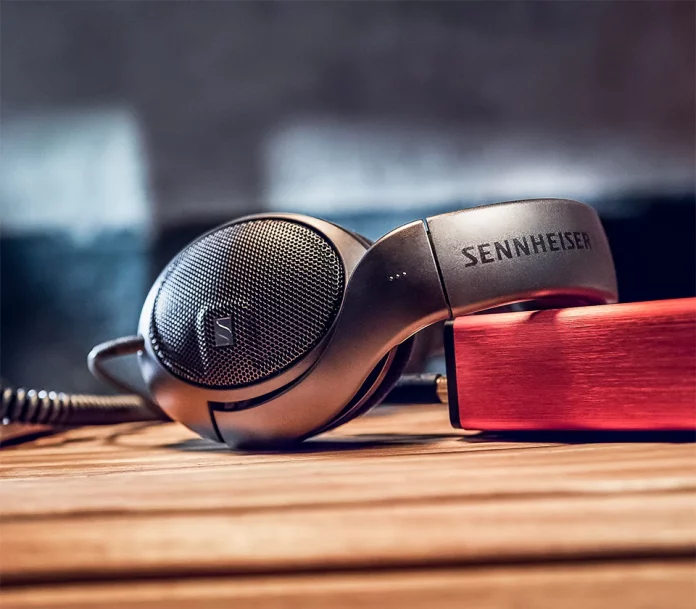One of the biggest studio staples is back with a brand new model. Sennheiser’s HD series has been commonplace in pro audio environments, and now they’ve revealed a new member of the family. The new HD 400 is an open-back, over-ear headphone for $249, and according to Sennheiser, aims for a natural sound signature for an accurate listening experience. Its lightweight design and velour earpads provide the comfort you need during long sessions. In addition, open ear cups and angled transducers allow for a wide and transparent soundstage, making the HD 400 PRO a reliable companion for those who put quality and precision above all else.
The angled transducer design allows for unique stereo imaging, reproducing the spatial sound of your mix. In other words, what goes in is what comes out. Reproducing analytical audio, the HD 400 PRO reference headphones are your everyday tool to get the job done.
Open ear cups allow for a wide and transparent soundstage, recreating the optimal listening position found in high-end recording studios. Artifacts of a confined space are a thing of the past. These studio headphones do not construe, but rather ensure neutral transparency – the groundwork for the best mixes.
Specs
| Impedance | 120 Ohms |
| Frequency response | 6 Hz to 38 kHz (-10 dB) |
| Sound pressure level (SPL) | 110 dB (1 kHz / 1 V RMS) |
| THD, total harmonic distortion | < 0.05 % (1 kHz / 90 dB SPL) |
| Ear coupling | circumaural |
| Jack plug | 3.5 mm jack plug with 6.3 mm adapter |
| Weight | 240 g |
| Storage temperature | –55 °C to +70 °C (–67 °F to 158 °F) |
| Operating temperature | –15 °C to +55 °C (5 °F to 131 °F) |
| Operating relative humidity | ≤ 90 % |
| Acoustic principle | dynamic, open |
| Earpad material | Velour |
The Sennheiser HD 400 is available now from Sennheiser’s website here.
Compare the ranking of various headphones, earbuds and in-ear monitors using our tools.
Discuss this, and much more, over on our forum.
---MAJORHIFI may receive commissions from retail offers.















